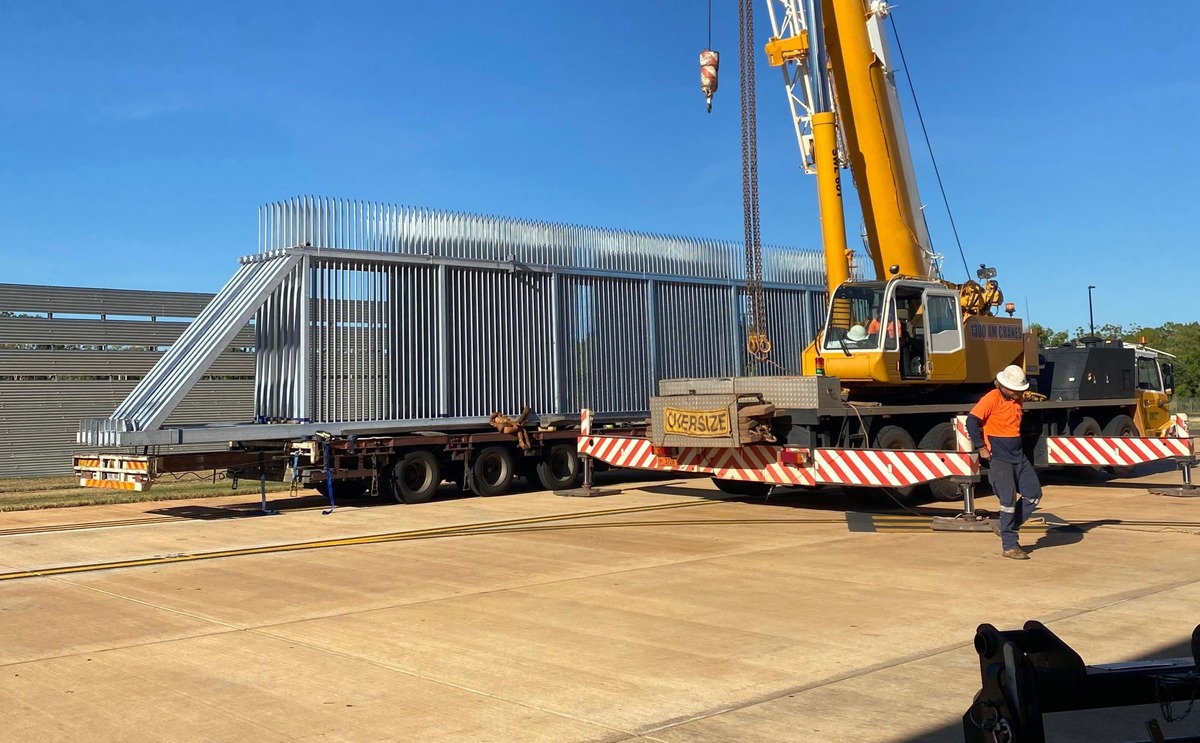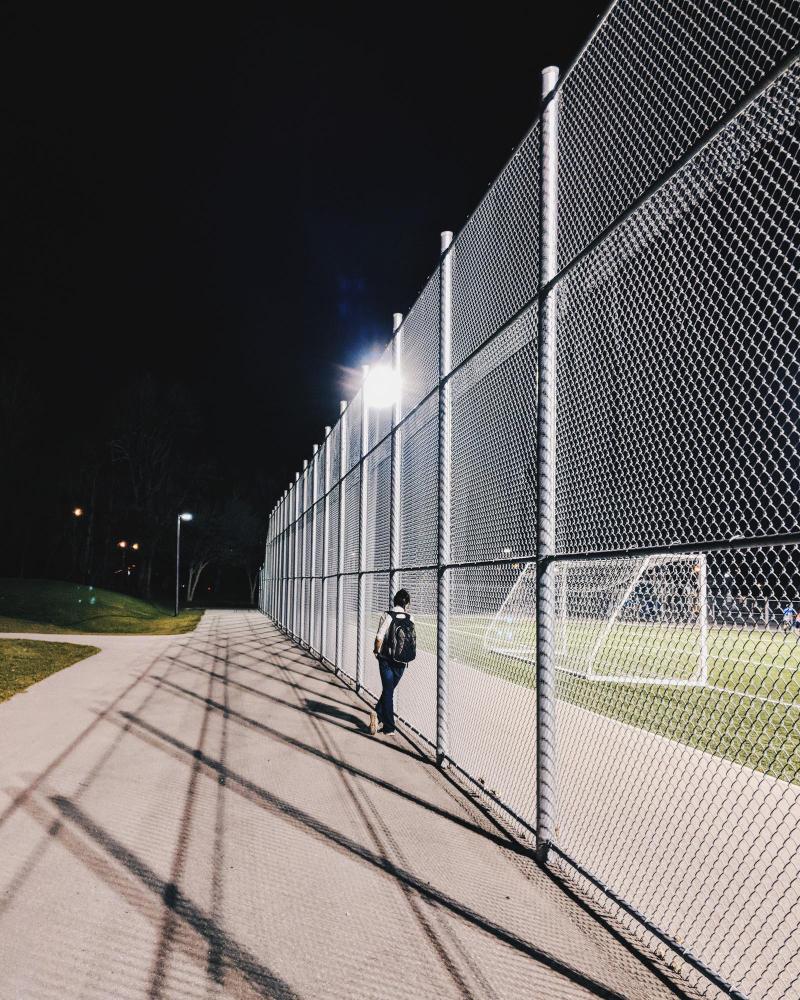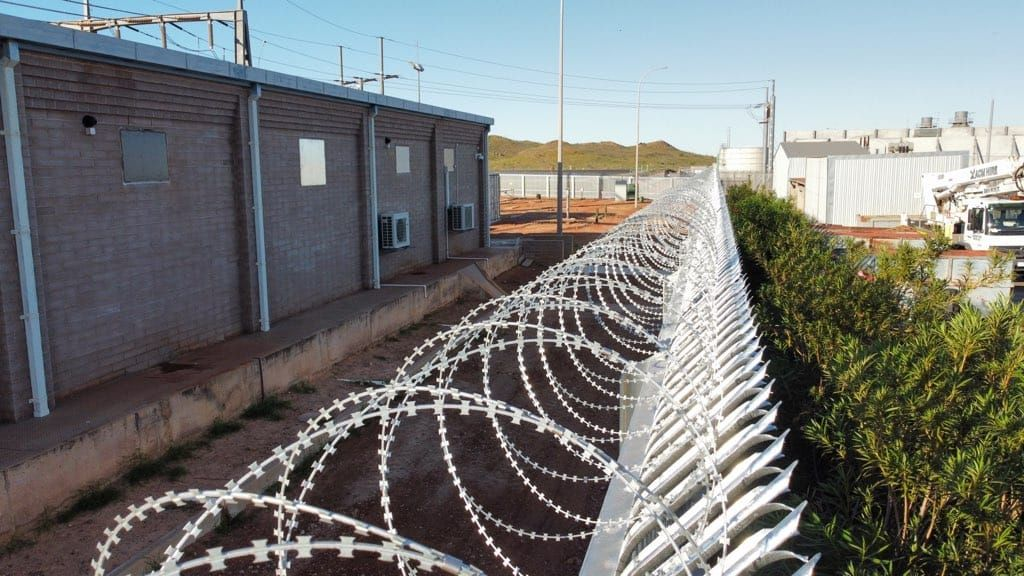Blog
Understanding Different Types of Security Fencing: Which One is Right for You?

Security fencing plays a crucial role in safeguarding properties, assets, and people. Whether you’re securing a residential property, commercial premises, or an industrial site, choosing the right type of security fencing is essential. In this blog, we’ll explore various types of security fencing and help you determine which one best meets your needs.
1. Chain Link Fencing
Overview:
Chain link fencing is one of the most popular and versatile types of security fencing. Made from interwoven steel wires, this fencing is durable and cost-effective.
Pros:
Cost-Effective: One of the most affordable options available.
Visibility: Offers clear visibility through the fence, which is beneficial for surveillance.
Durability: Resistant to weather and requires minimal maintenance.
Cons:
Aesthetic Appeal: Not the most visually appealing option.
Security Level: While it deters casual intruders, it can be easily cut with the right tools.
Best For: Residential areas, parks, playgrounds, and industrial sites where basic security is needed.
2. Palisade Fencing
Overview:
Palisade fencing consists of vertical steel pales secured to horizontal rails, forming a robust barrier. It is known for its formidable appearance and high level of security.
Pros:
High Security: Difficult to climb and resistant to cutting.
Deterrent: Its intimidating look deters potential intruders.
Durability: Extremely durable and weather-resistant.
Cons:
Cost: More expensive than chain link fencing.
Aesthetics: May look too industrial for some settings.
Best For: Industrial sites, commercial properties, and high-risk areas needing strong deterrent measures.
3. Welded Mesh Panels
Overview:
Welded mesh panels are made from steel wires welded at each intersection to form a rigid mesh. These panels offer a high level of security while being aesthetically pleasing.
Pros:
High Security: Difficult to cut or climb.
Aesthetic Appeal: Provides a sleek, modern look suitable for various environments.
Visibility: Allows for good visibility through the fence.
Cons:
Cost: Higher upfront cost compared to chain link fencing.
Installation: Requires professional installation for optimal security.
Best For: Schools, public buildings, sports facilities, and high-security residential properties.
4. Electric Fencing
Overview:
Electric fencing delivers a non-lethal shock to intruders, serving as both a physical and psychological barrier.
Pros:
High Deterrent: The shock factor effectively deters intruders.
Integration: Can be used in conjunction with other fencing types for enhanced security.
Monitoring: Often comes with monitoring systems for immediate alert in case of breach.
Cons:
Maintenance: Requires regular maintenance to ensure functionality.
Cost: Higher initial and ongoing costs.
Best For: High-security facilities, agricultural areas, and properties requiring active monitoring and deterrence.
5. Wooden Fencing
Overview:
Wooden fencing, while more traditional and aesthetically pleasing, offers varying levels of security based on design and construction.
Pros:
Aesthetic Appeal: Blends well with residential and rural settings.
Customization: Can be customized in terms of height, design, and color.
Cons:
Maintenance: Requires regular maintenance to prevent rot and damage.
Security Level: Provides less security compared to steel and wire options.
Best For: Residential properties, gardens, and parks where aesthetics are a priority over high security.
Conclusion
Choosing the right type of security fencing depends on your specific needs, budget, and the level of security required. While chain link and wooden fencing offer cost-effective solutions with basic security, options like palisade and electric fencing provide higher security for more sensitive or high-risk areas. Consider the pros and cons of each type and consult with a professional to ensure you select the best fencing solution for your property.
At SWI, we specialize in the supply and installation of a wide range of security fencing solutions. Contact us today to discuss your security needs and find the perfect fencing solution for your property.
Table of Contents






